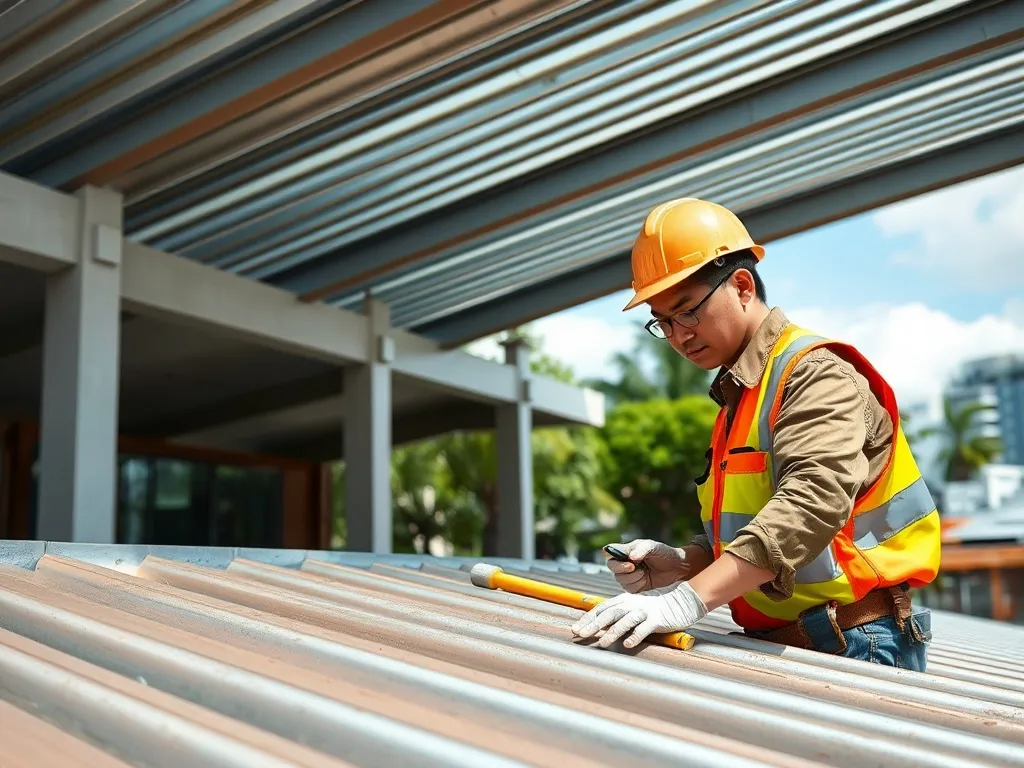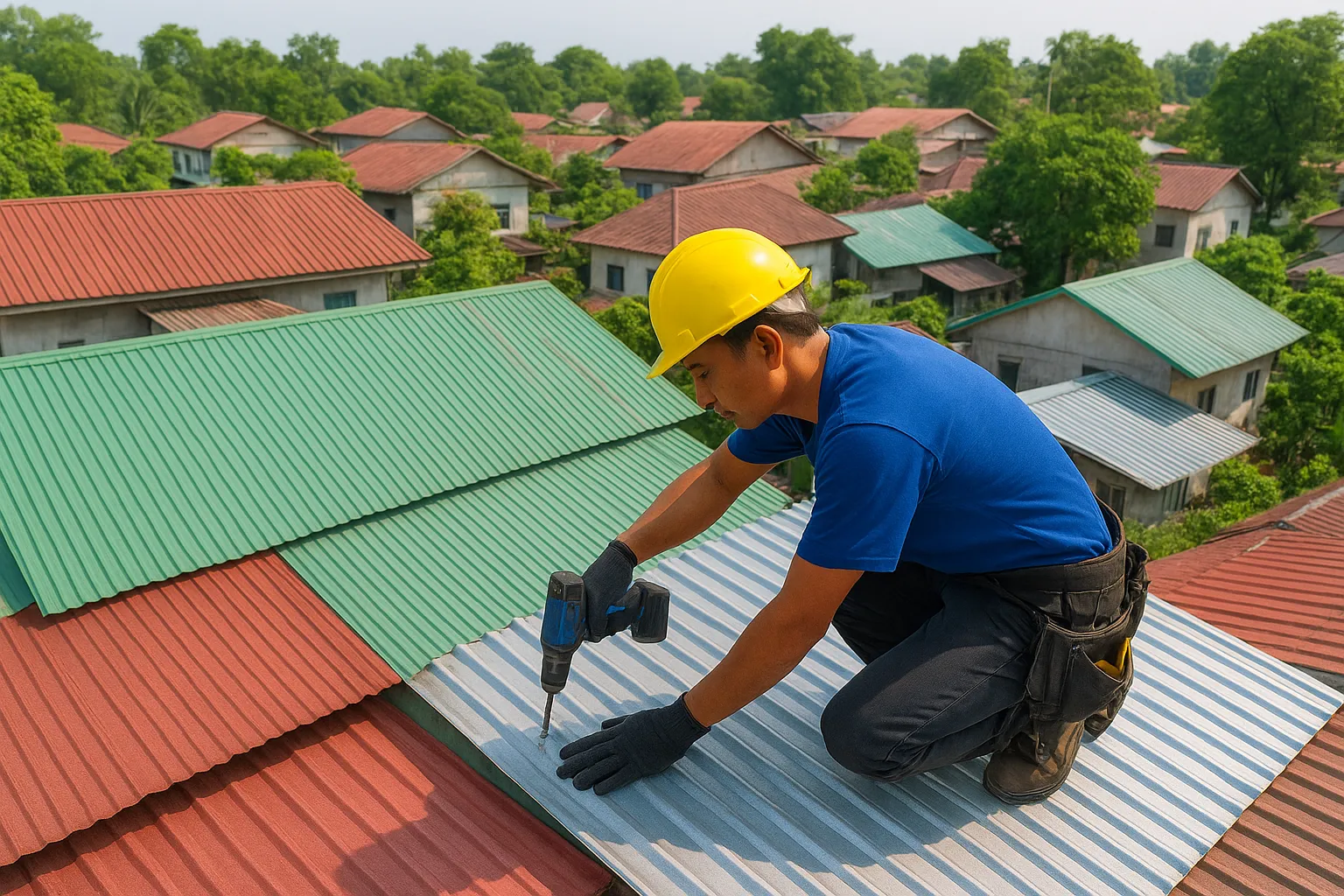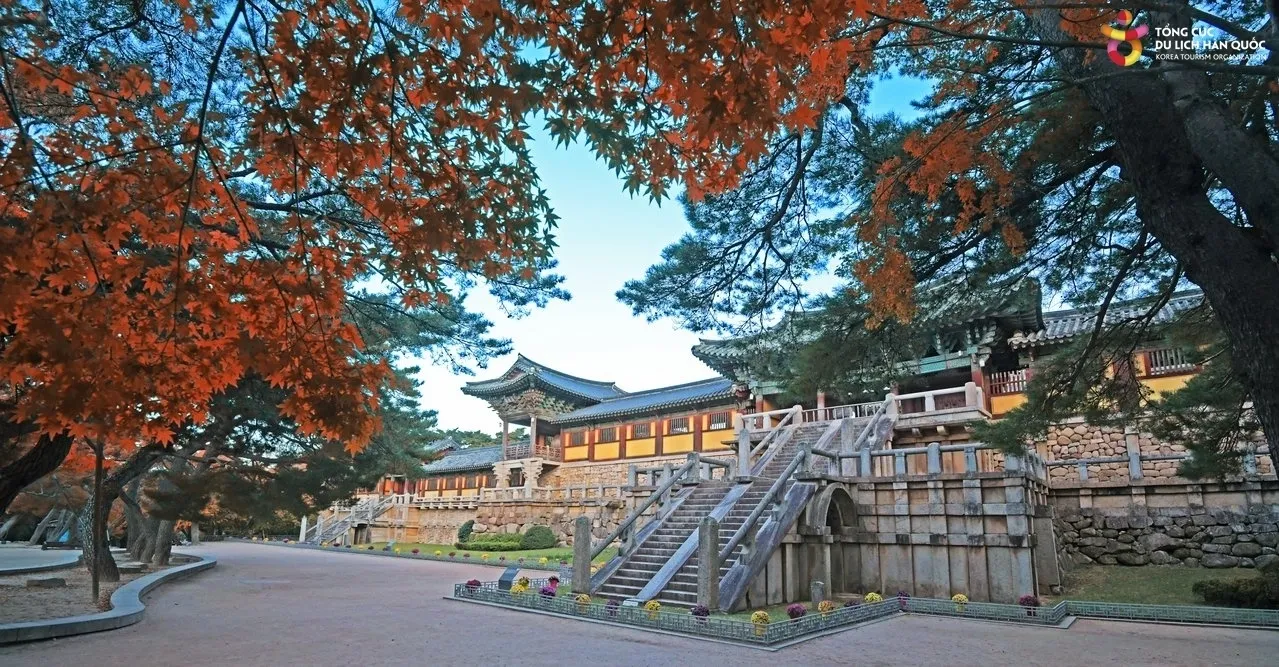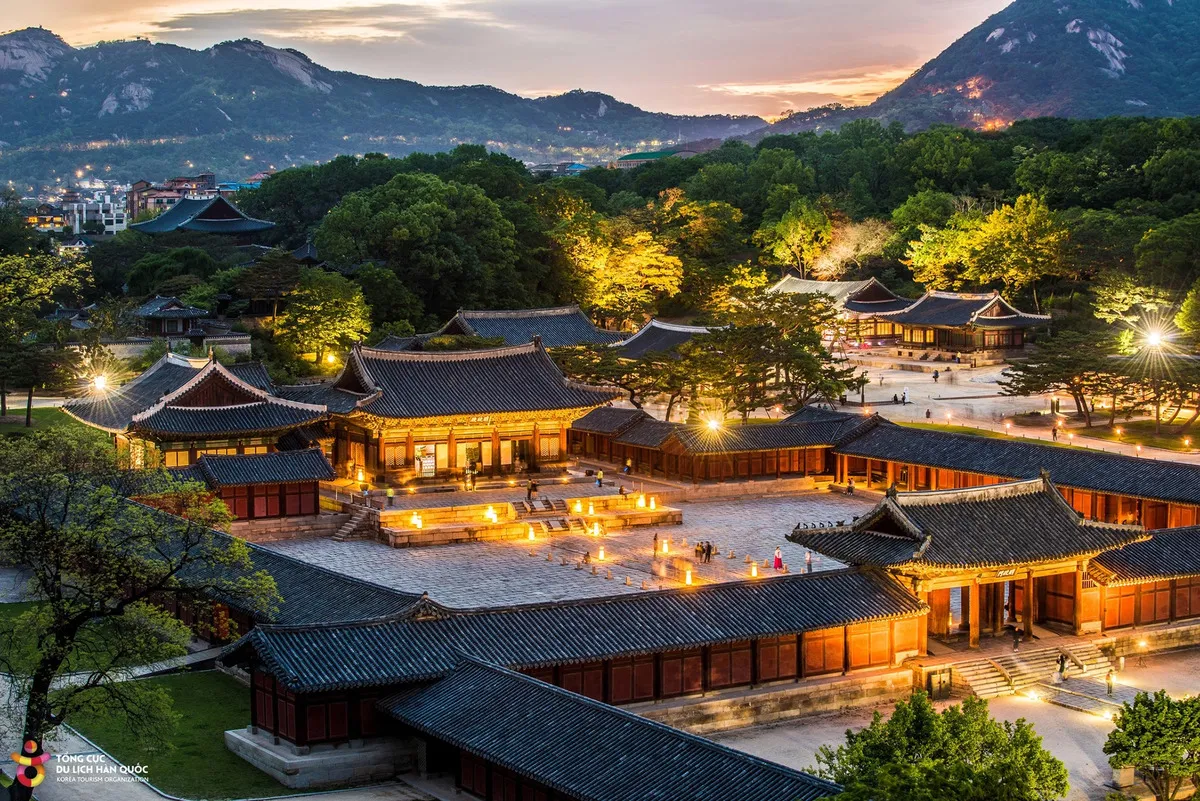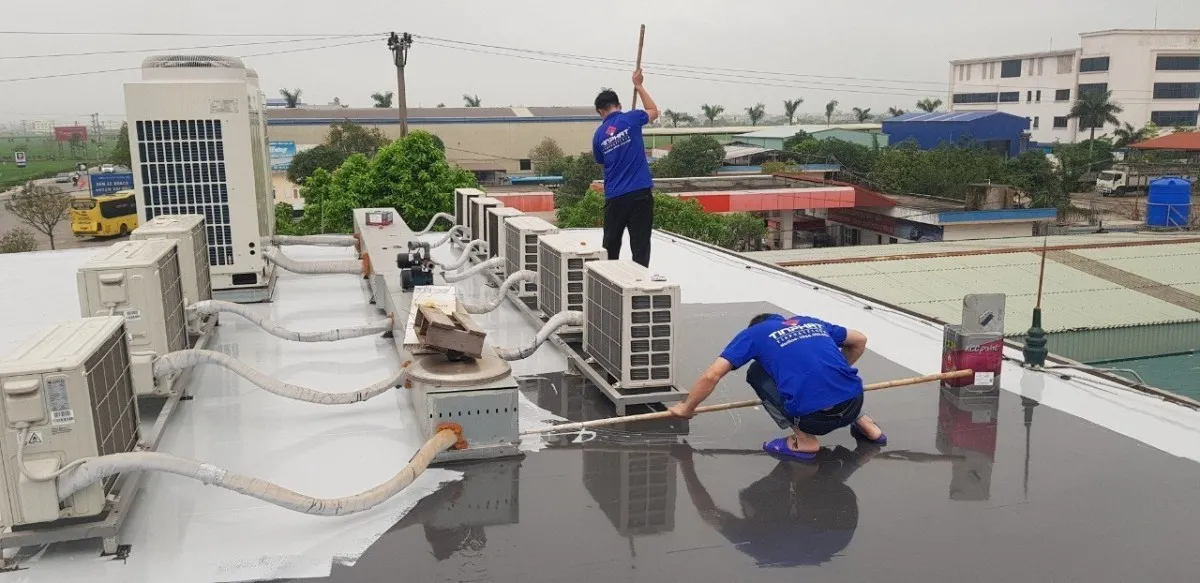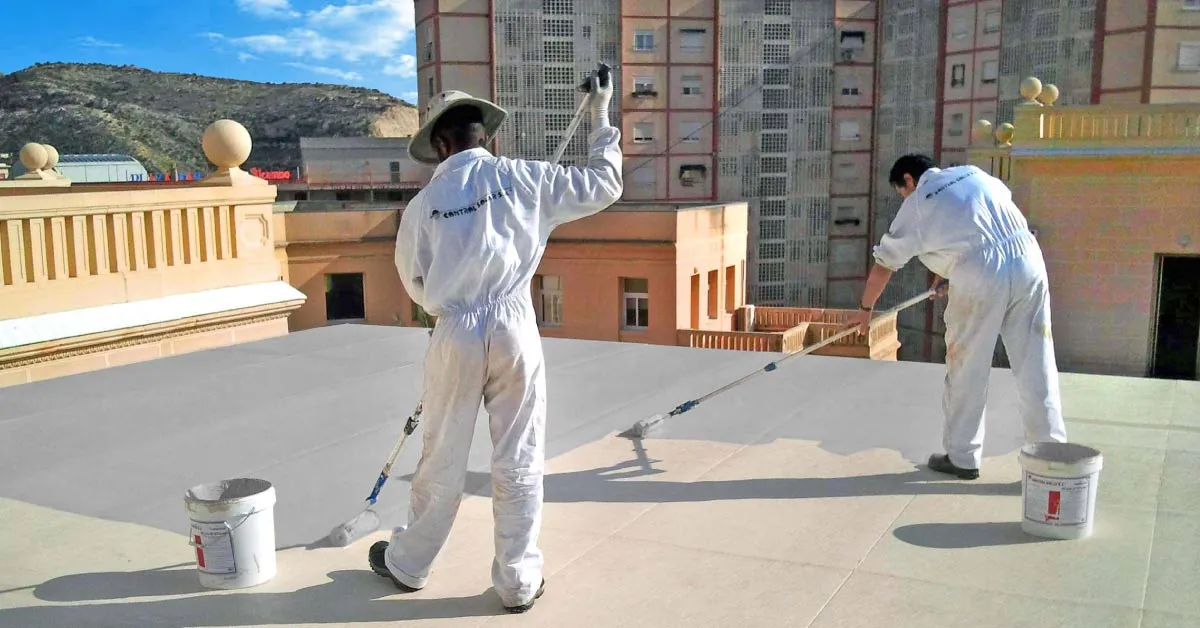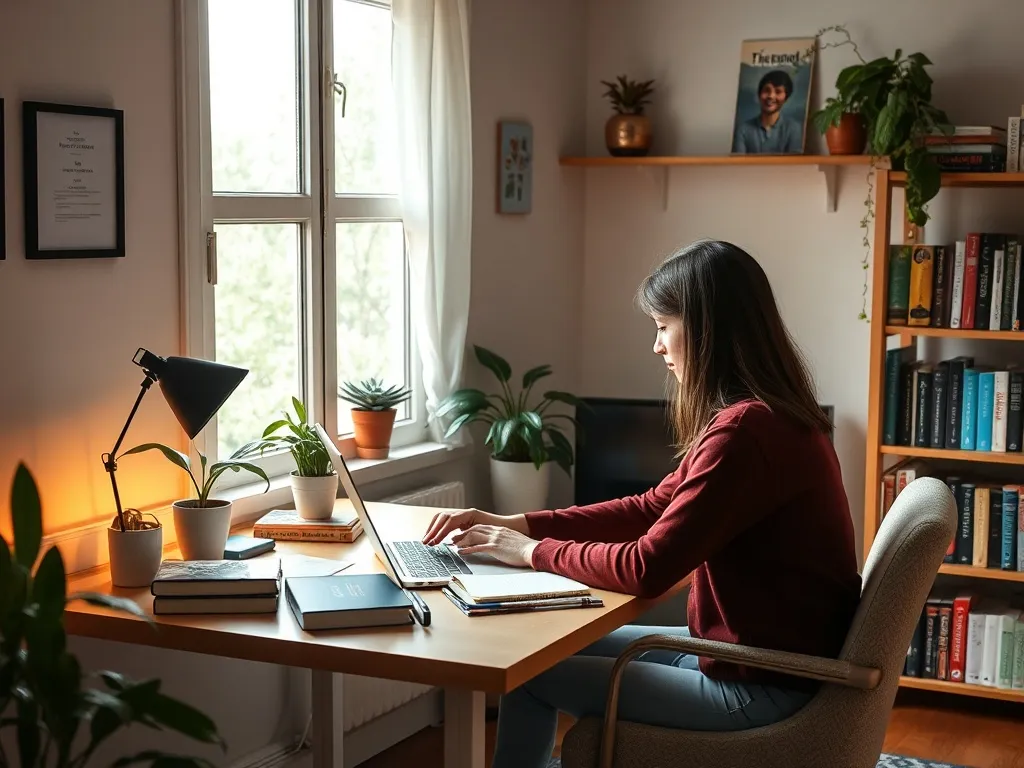Top Interior Design Trends in 2025: Minimalism, Biophilic, and Smart Homes
The year 2025 is shaping up to be a landmark moment in the evolution of interior design. Driven by technology, sustainability, and a desire for healthier living, homeowners and designers are embracing new approaches that balance beauty, function, and well-being. Among the most influential movements are Minimalism, Biophilic design, and Smart Homes. These trends are not just about aesthetics - they are about creating spaces that reflect modern lifestyles, values, and aspirations.
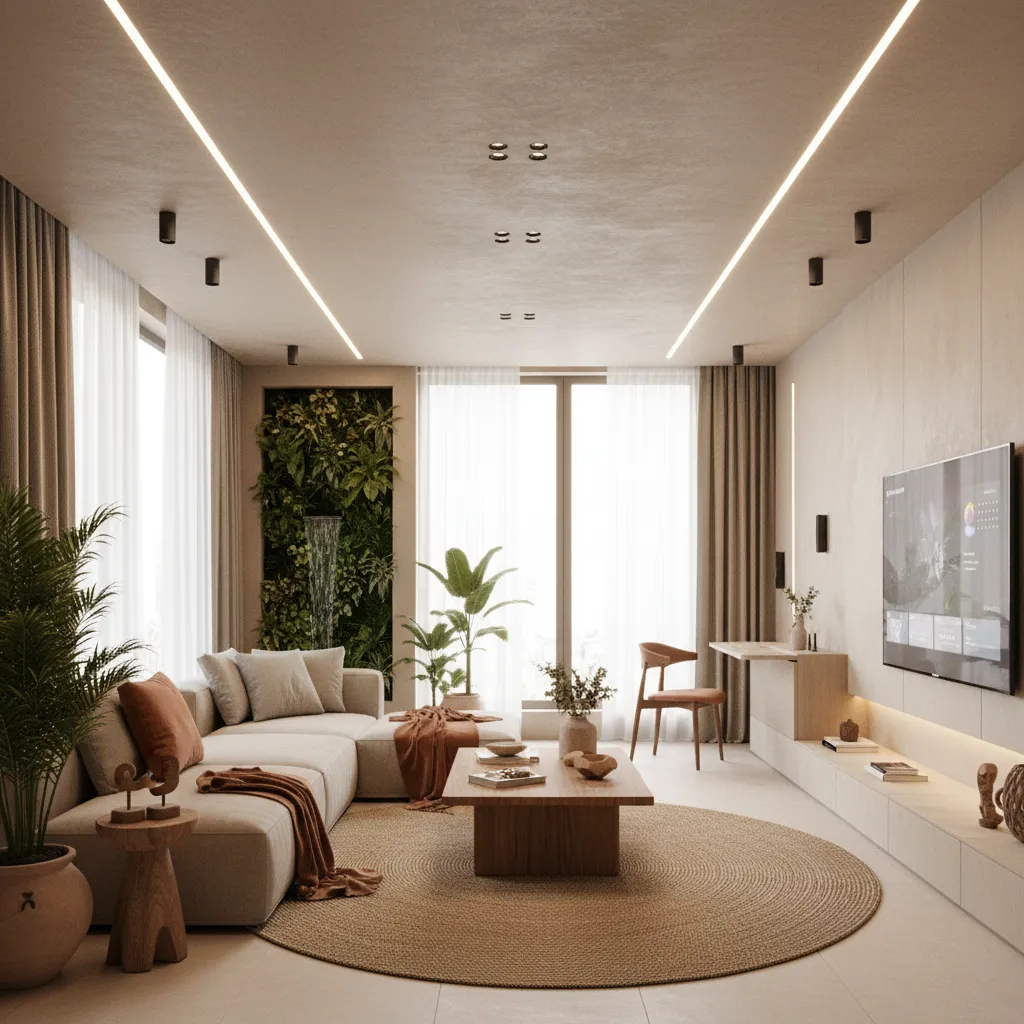
The Rise of Minimalism in 2025
Minimalism has been a dominant design philosophy for years, but in 2025 it has matured into something warmer and more livable. Instead of stark, cold spaces, today’s minimalism emphasizes comfort, intentionality, and sustainability.
Designers are using natural textures, muted tones, and multifunctional furniture to create interiors that feel serene yet practical. This reflects a cultural shift toward mindful consumption and a focus on quality over quantity.
Key Features of Modern Minimalism
- Neutral tones with subtle accents
- Multifunctional furniture that saves space
- Natural materials like wood, stone, and linen
- A focus on quality over quantity
Biophilic Design: Bringing Nature Indoors
In 2025, biophilic design is more than a trend - it’s a lifestyle. This approach integrates natural elements into interiors, strengthening the connection between humans and nature. From indoor gardens to water features, biophilic design enhances mental health, productivity, and overall well-being.
Large windows, skylights, and open layouts maximize natural light, while indoor plants, vertical gardens, and organic textures bring the outdoors inside.
Benefits of Biophilic Design
- Improves air quality
- Boosts mental health and reduces stress
- Encourages sustainable living
- Creates a sense of harmony with nature
Smart Homes: Technology Meets Design
The integration of smart technology into interior design is one of the most significant trends of 2025. From voice-activated lighting to AI-driven climate control, smart homes are redefining convenience and efficiency.
Designers are blending technology seamlessly into interiors, ensuring that devices enhance rather than disrupt aesthetics. Hidden speakers, smart mirrors, and automated furniture are just a few examples of how technology is shaping modern living spaces.
Popular Smart Home Features
- Smart lighting systems with customizable moods
- Energy-efficient appliances
- AI-powered assistants for daily tasks
- Security systems with real-time monitoring
Sustainable Materials and Eco-Friendly Choices
As environmental concerns grow, sustainability has become a cornerstone of interior design in 2025. Homeowners are opting for recycled, upcycled, and renewable materials to reduce their carbon footprint.
Durability is also a priority, with furniture and décor designed to last longer and contribute less to waste. This reflects a broader societal commitment to eco-conscious living.
Examples of Sustainable Materials
- Bamboo flooring and furniture
- Recycled glass countertops
- Organic fabrics like hemp and cotton
- Low-VOC paints for healthier air
Multifunctional Spaces for Modern Living
With remote work and flexible lifestyles becoming the norm, multifunctional spaces are essential in 2025. Homes are designed to adapt to various needs, from work to relaxation to entertainment.
Movable partitions, convertible furniture, and modular layouts allow homeowners to maximize every square foot. This trend is especially popular in urban areas where space is limited.
Design Strategies for Multifunctional Spaces
- Foldable desks for home offices
- Sofa beds for guest rooms
- Sliding partitions for flexible layouts
- Hidden storage solutions
The Return of Natural Textures
In 2025, natural textures are making a strong comeback. Materials like wood, stone, clay, and rattan are being used to create warm, inviting interiors that feel grounded and authentic.
This trend aligns with both minimalism and biophilic design, emphasizing tactile experiences and organic beauty. Textured walls, woven rugs, and handcrafted furniture are popular choices.
Popular Natural Textures
- Wooden beams and panels
- Stone countertops and flooring
- Clay tiles with earthy tones
- Rattan furniture and baskets
Personalized and Custom Interiors
While trends guide design, 2025 emphasizes personalization. Homeowners want interiors that reflect their unique identities, values, and lifestyles. Custom furniture, bespoke artwork, and tailored layouts are increasingly in demand.
This ensures that homes are not just stylish but also meaningful. Designers are collaborating closely with clients to create spaces that tell personal stories.
Ways to Personalize Interiors
- Custom furniture pieces
- Personal art collections
- Tailored color palettes
- Unique lighting designs
The Influence of Global Design Aesthetics
Globalization has brought diverse design aesthetics into mainstream interiors. In 2025, we see a fusion of Scandinavian minimalism, Japanese Zen, Mediterranean warmth, and African vibrancy.
This blending of cultures creates eclectic yet harmonious spaces that celebrate diversity. Homeowners are increasingly drawn to designs that reflect global influences while maintaining local authenticity.
Examples of Global Influences
- Japandi style (Japanese + Scandinavian)
- Mediterranean arches and tiles
- African patterns and textiles
- Moroccan lanterns and rugs
The Role of Color Psychology in 2025
Colors play a crucial role in shaping moods and experiences. In 2025, color psychology is at the forefront of interior design. Designers are carefully selecting hues that promote relaxation, creativity, or energy depending on the function of the space.
Soft pastels, earthy tones, and bold accents are all being used strategically to influence emotions and enhance well-being.
Popular Colors in 2025
- Earthy greens for calmness
- Warm terracotta for grounding
- Soft blues for relaxation
- Bold yellows for energy
The Future of Interior Design Beyond 2025
Looking ahead, the future of interior design will continue to evolve with technology, sustainability, and human well-being at its core. Innovations like AI-driven design tools, 3D-printed furniture, and immersive virtual reality planning will shape the next decade.
Yet, the essence of design will remain the same: creating spaces that nurture, inspire, and reflect the people who inhabit them. The trends of 2025 - minimalism, biophilic design, and smart homes - are not fleeting fads but stepping stones toward a more thoughtful and connected way of living.
Conclusion
The top interior design trends of 2025 - Minimalism, Biophilic design, and Smart Homes - represent a shift toward intentional, sustainable, and technologically integrated living. By embracing natural elements, smart innovations, and personalized touches, homeowners are creating spaces that are not only beautiful but also deeply functional and meaningful. As we move beyond 2025, these trends will continue to evolve, shaping the future of how we live, work, and connect within our homes.

